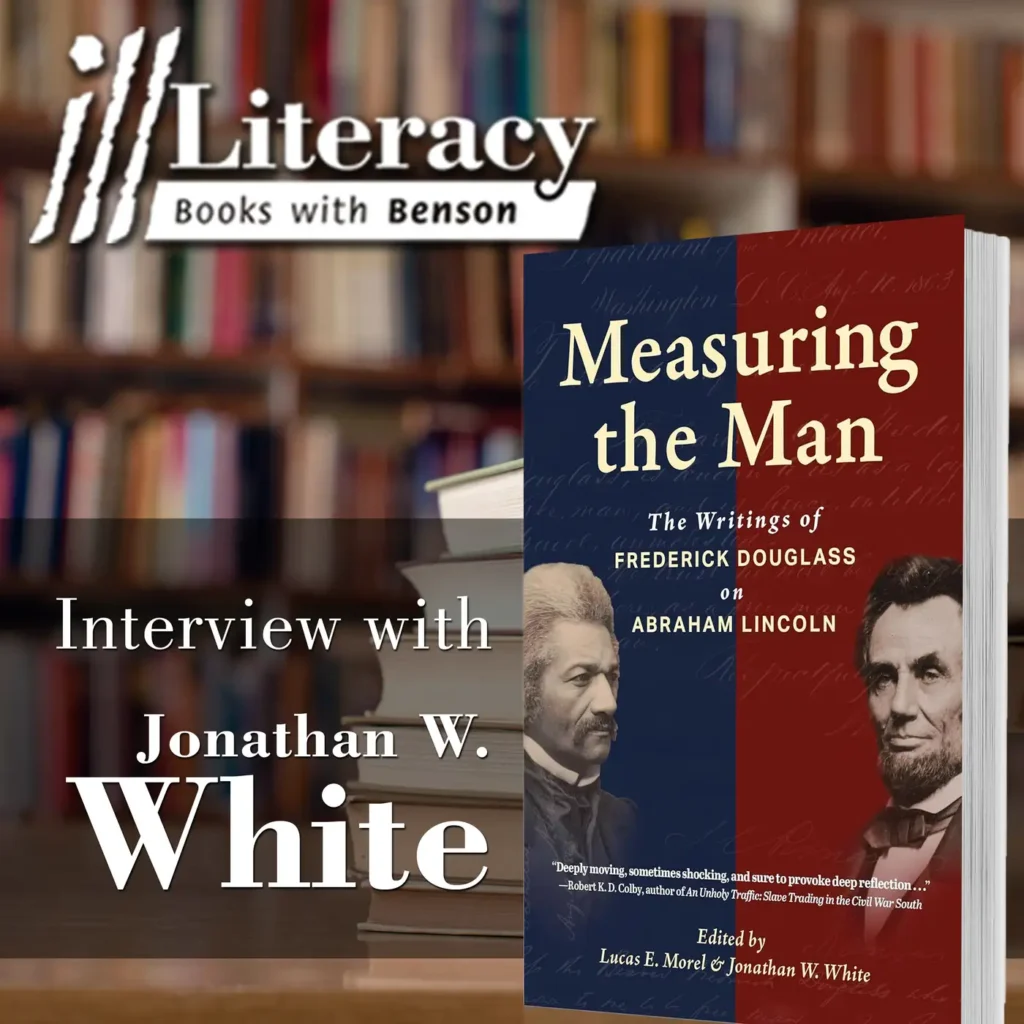It’s no secret that education in America has been in bad shape for some time, and now, low student proficiency has been exacerbated by the hysterical response to the Covid outbreak. Most recently, the results of a Harvard University study, which investigated the role of remote and hybrid instruction in widening gaps in achievement by race and school poverty, have been released.
Using testing data from 2.1 million students in 10,000 schools in 49 states and D.C., the researchers found that “shifts to remote or hybrid instruction during 2020-21 had profound consequences for student achievement. In districts that went remote, achievement growth was lower for all subgroups, but especially for students attending high-poverty schools. In areas that remained in-person, “there were still modest losses in achievement, but there was no widening of gaps between high and low-poverty schools in math (and less widening in reading).”
Another study, by curriculum and assessment provider Amplify, examined test data for some 400,000 elementary school students across 37 states and found a spike in students not reading at grade level, with literacy losses “disproportionately concentrated in the early elementary grades (K-2).” The report also found that minority children suffered disproportionate learning loss. As The Wall Street Journal reports, “During the last normal school year, only 34% of black and 29% of Hispanic second graders needed intensive intervention to help catch up. This school year 47% of black and 39% of Hispanic second graders have fallen this far behind on literacy, compared to 26% of white peers.”
And distressingly, a longitudinal study from the Annie E. Casey Foundation finds that kids “who don’t read proficiently by third grade are four times more likely to leave school without a diploma than proficient readers,” and “for the worst readers, those [who] couldn’t master even the basic skills by third grade, the rate is nearly six times greater.”
The covid related issues are especially tragic, as they were very avoidable. Private schools and public schools in areas without dominant teachers unions did not suffer nearly as much. A Catholic school right next door to a shuttered public school typically remained open.
So what is the increasingly corrupt educational establishment doing as a corrective? Two primary “fixes” are in the works: grade inflation and graduating students from high school who are functionally illiterate. In fact, a report released on May 16 by ACT, a nonprofit organization that administers the college readiness exam, finds evidence of grade inflation in high school seniors’ GPAs. While ACT scores declined between 2016 and 2021, the average GPA for students taking the test increased.
The trend was especially noticeable among Black students and those from low to moderate income homes. Sadly, this is nothing new. Big city districts with their equity-obsessed leadership and powerful teachers unions know they need to show they are not failing. So instead of providing true rigor and firing bad teachers, they simply raise grades.
Detroit is a particularly egregious case. While 72% of the city’s students are graduating from high school this year, only 8% of them are academically ready for college.
Baltimore is even more pathetic. At the city’s Patterson High School, only 3% of students are at grade level, 79% of students tested at the elementary level, and 18% had kindergarten and first-grade skills. One student graduated from Patterson High School without the ability to read, and 41% of the city’s high school students have a GPA under 1.0.
Worth noting is that Baltimore City Schools CEO Sonja Santelises, now five years into the job, pulls in $375,688 yearly, even as student performance continues to tank.
Boston, where just 25% of black elementary students test at grade level in English, is facing a takeover by the state. To deal with the failure at K-12, some college instructors no longer grade students on writing. Two Boston University professors ludicrously explain that “ungrading” “inspires students and creates equity.”
Another head-in-the-sand way to deal with the great unraveling is the soon-to-be dumbed down SAT. As Auguste Meyrat, an English teacher in the Dallas area, reports, “The test will be fully digital and shortened from roughly three hours to two. The reading passages will be made shorter and the math section will allow the use of a calculator throughout. In short, the test will be easier for both the testers and the person being tested.”
The teachers unions have not commented on the general dumbing down or the widespread grade inflation, but the National Education Association weighed in on the subject in 2017. Predictably, the union pretty much downplayed it, while vilifying conservatives. The union quoted the far-left Alfie Kohn, a longtime critic of letter grades, who cautions that “a focus on grade inflation is probably driven ‘more by conservative ideology than by evidence.'” The NEA added, “It’s certainly not hard to imagine how headlines hyping an ‘epidemic’ of grade inflation feed into right-wing talking points about public schools covering up failures and indifferent teachers casually passing out A’s to students as they walk out the classroom door.”
NEA’s concerns, you see, are elsewhere. Most recently, the union rolled out strategies to battle what really concerns them: climate change and the fact that the Supreme Court could do away with race-based admissions policies for colleges, and loosen restrictions on school prayer. And then there is the perennial teacher union mantra about the lack of funding being a problem.
But the funding claim, of course, is fallacious. The U.S. spent $752.3 billion on its 48 million children in public schools in 2019, 35% more per pupil than the average among the countries in the Organization for Economic Co-operation and Development (OECD), an increase of almost 5% from the previous year. But at the same time, fewer than 40% of U.S. students in 4th, 8th, and 12th grades are proficient or above in any core subject.
Thankfully, parents have been waking up to the insanity. According to the invaluable Return to Learn Tracker, in 19 of 46 states the student population in public schools declined by 3% or more from 2020 to 2022, but only five states saw net gains. An interesting political angle is that school district enrollment declines were relatively similar in 2020–21, regardless of 2020 voting patterns. But in 2021–22, most districts that voted for Trump rebounded, while enrollment continued to fall in those that voted for Biden.
Perhaps, the poster child for declining enrollment is Los Angeles. As The Los Angeles Times Howard Blume reports, enrollment in Los Angeles public schools is expected to plunge by nearly 30% over the next decade. There are many reasons for the expected decline: urban flight, lower birth rates, the proliferation of charter schools, and, importantly, the uptick in homeschooling, which saw L.A. jump from 3.7% to 8.4% in 2020.
Homeschooling has more than doubled nationally since 2020, and shows no evidence of declining, even though most of the covid craziness has subsided. The Census Bureau reports that between 2012 and 2020, the number of homeschooling families remained steady at around 3.3%. But by May 2020, about 5.4% of U.S. households with school-aged children reported they were homeschooling. And by October 2020, the number jumped to 11.1%. Meanwhile, the number of Black families choosing to home-school increased almost five-fold during that time, from 3.3% to 16.1%.
Covid shutdowns. Teacher union dominance. Dumbed down curricula. The proliferation of low expectations. Education in America is unraveling very quickly, and parents need to take note and act. If not, our country will be unrecognizable in the not-too-distant future.
First published at For Kids & Country.



